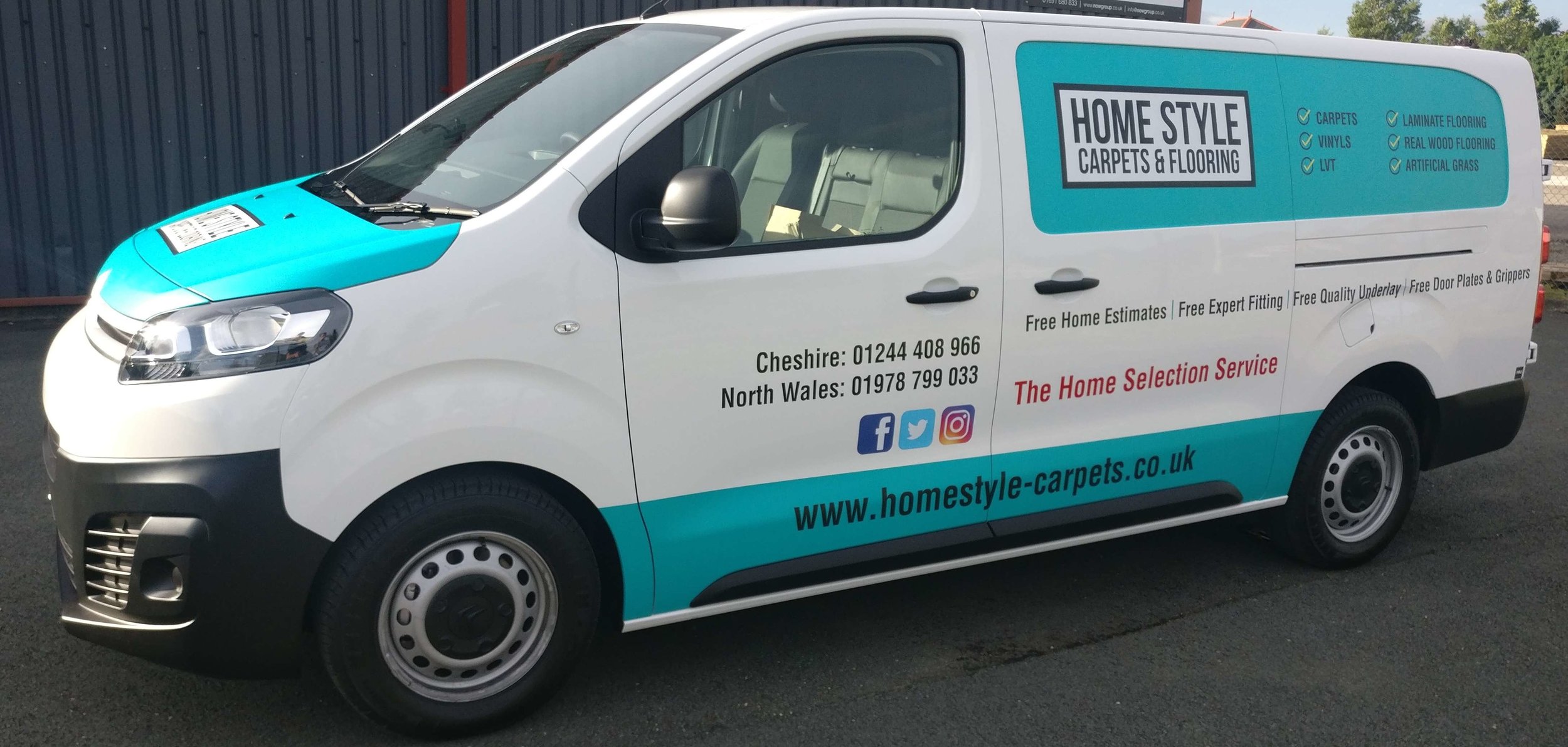Can you have a wooden floor with underfloor heating?
/If you’ve had an underfloor heating system installed already or are planning to acquire one, you might be curious as to whether it’s compatible with the wood floor you’d like to fit. The combination of heat underfoot and the rich, warm appearance of natural wood may seem like a match made in heaven for those with an eye for interior design, but how do they match up in reality? In the next sections, we’ll discuss adding a wood floor to your home when you have an underfloor system installed already, or if are seeking to buy one soon.
A perfect fit
Welcome news to homeowners seeking a wooden floor and a heating system beneath it is that the two products are indeed an ideal match. Engineered wood floors are particularly well suited to underfloor heating systems. This type of wooden flooring is less expensive than a solid wood floor and comprises boards constructed using cheaper but robust wood, which are topped with a layer of finished hardwood.
Engineered wood provides a highly stable flooring solution. The strong layers beneath the hardwood surface can effectively contract and expand in line with the underfloor heating system’s changing temperatures, ensuring no unwanted buckling or displacement occurs.
Advantages of an engineered floor
As mentioned previously, engineered wooden boards present the same natural warmth of a solid wood floor at a fraction of the cost. However, they are also incredibly hardwearing and can offer a more luxury look and feel than laminate and vinyl, which can also impersonate real wood.
Engineered wood can be a suitable solution when you want a cohesive look for the interior design of your home, as it can be used on any level of a building. In contrast, hardwood floors are not an advisable option in basement levels of properties, as humidity levels can negatively impact them, causing damage.
Solid wood floor and underfloor heating
Don’t worry if you had your heart set on a solid wood floor for your home. If you want solid, timber-planked flooring, use a wood choice that has been kiln-dried and possesses a minimal moisture content of between six and nine percent.
Excessive moisture can be an enemy to wood flooring, as boards can become warped and change shape overtime. This can lead them to lift or be ill-fitting, ruining your floor’s appearance. While solid wood floors can be compatible with underfloor heating, the narrower the boards, the better, and installation in homes that require high levels of heat is not recommended. Always follow your wood floor supplier’s advice on acclimatising your boards prior to installation.
To sum up, you can definitely enjoy the warm appearance of a wood floor in your home combined with an underfloor heating system. However, for the best results, you might find that an engineered wooden floor can be an easier option, with more variety available than when choosing a solid timber solution. It will also cost far less, while still looking just like a real wood floor.

